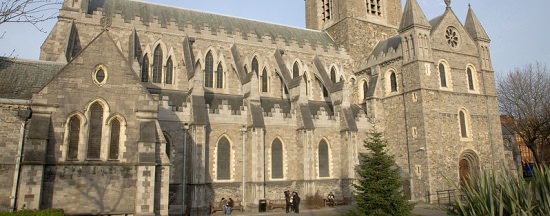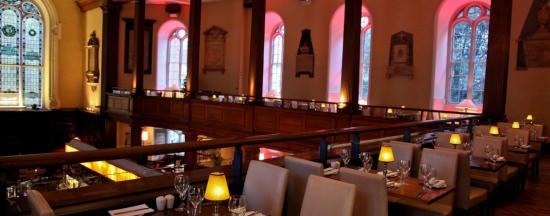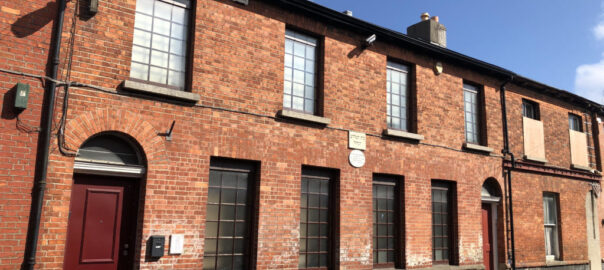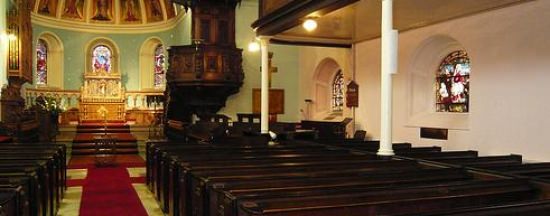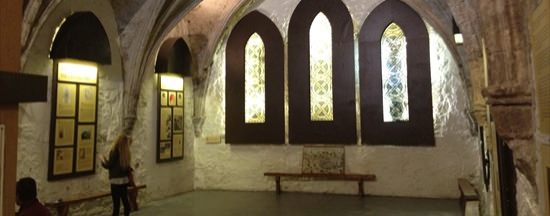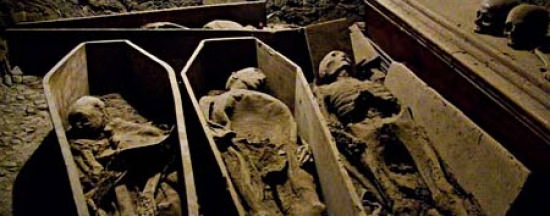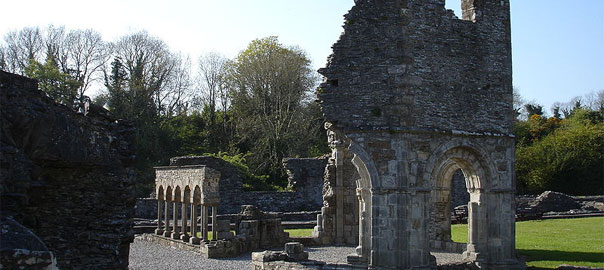Christ Church Cathedral (founded c.1028) is the spiritual heart of the city, and one of the top visitor attractions in Dublin. Enjoy the cathedral’s beautiful interior and fascinating medieval crypt.
Explore the crypt – Follow the steps that bring you beneath the cathedral and explore the medieval crypt, one of the largest in Britain and Ireland, and the earliest surviving structure in the city. The crypt houses fascinating memorials, the cat and the rat, the Treasury (an exhibition of manuscripts and treasures), an audio visual presentation, the cathedral shop and the cathedral café.
Follow in the footsteps of pilgrims – Christ Church Cathedral was a major pilgrimage site in the medieval period, with an important collection of relics ranging from a miraculous speaking cross to a piece from the crib of Jesus. Today, it is still possible to see one of these relics, the heart of Laurence O’Toole, patron saint of Dublin.
Visit the ‘Cat & the Rat’ – A mummified cat and rat are the most unusual inhabitants of the crypt and are mentioned by James Joyce in “Finnegan’s Wake”.
Experience Evensong – The choir of Christ Church Cathedral, Dublin, enjoys an enviable reputation as one of Ireland’s finest choirs, and is constantly in demand to perform in concerts, on tours and on radio broadcasts nationwide. Tracing its origins to 1493 with the founding of the choir school, the cathedral choir has always been highly regarded in Dublin’s musical life and took part in the first performance of Handel’s Messiah in Dublin in 1742.
Opening Hours:
Mon, Wed and Friday and Sat: 9.30 am – 6pm
Tues and Thurs: 9:30am – 5:30pm
Sun: 12:30pm – 3pm and 4:30pm – 6pm
Opening times may vary seasonally.
Please see here for current opening hours, and for exceptions to regular opening hours.
Admission includes a self-guided tour of the cathedral & crypt, and an audio guide. Audio guides are available in English, French, German, Spanish, and Italian.
Group tickets can be purchased in advance.
Please note that guided group tours must be pre-booked.
Contact & Pricing:
christchurchcathedral.ie
[email protected]
Tel: 01 677 8099
Christchurch Place, Dublin 8
Adults €12; concessions
